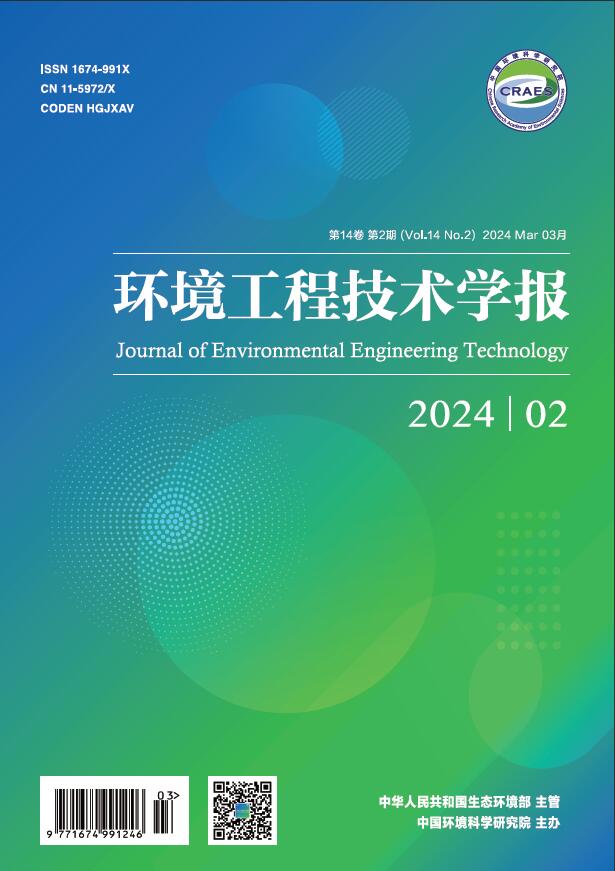Abstract:
Environmental access, an effective means to strengthen the source control, has been widely accepted and highly concerned by various circles of society. The concept and main implications of industrial environmental access were introduced, and its research progress at home and abroad reviewed. The foreign research focuses on the application and effectiveness evaluation of the industrial environmental access, while the domestic research mainly focuses on the access thresholds from the levels of region, industry and enterprise (project). Besides, a variety of index systems are also constructed in China. At the regional level, the major considerations are the constraints of regional environmental capacity, environmental function regionalization, etc. At the industry level, the major considerations are the technology level, the resource consumption intensity and pollutant emission intensity based on which the access limits are determined. At the enterprise (project) level, the major considerations are the location, technology and equipment level, etc. in addition to the above constraints.


